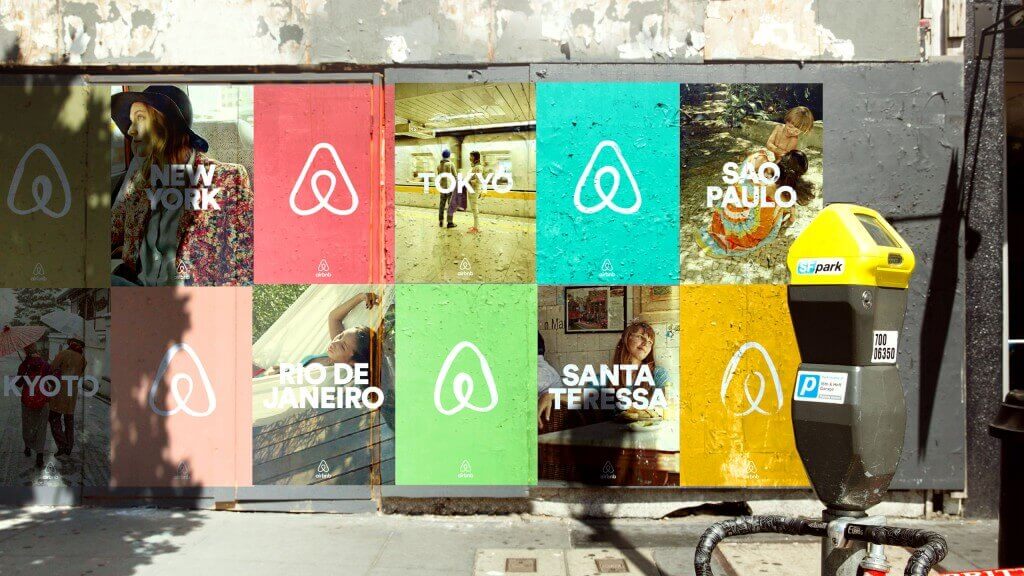
Airbnb’s founder Brian Chesky recently said on Twitter that 15,000 boutique hotels have a listing on the platform since being allowed to join last November.
At first glance, hotels advertising on Airbnb might seem an unlikely relationship. After all, the company is frequently claimed to represent a growing threat to the hotel industry, winning the loyalty of travelers and stealing market share. But a strong contingent of hotels see the partnership as a potentially fruitful one.
There are still stringent rules about the kind of properties allowed to appear on Airbnb. For instance, a hotel has to have 25 or fewer rooms. Style guidelines also state a preference for a number of boxes to be ticked—hotels with “unique design characteristics” and “local influences” are actively sought and welcomed.
Yet despite certain firm requirements, it’s clear that plenty of boutique hotels are making their way onto the platform. In fact, Airbnb now has dedicated pages that only feature hotel listings—a signal of its growing ambitions in this new booking space.
The question is, will these first wave of hotels find success? It’s too early to say. But in the following post, we’ll dive into some of the pros and cons to bear in mind when considering Airbnb as a new distribution channel.
The pros of listing with Airbnb
Compared with the stringency of OTAs, a listing on Airbnb generally comes with greater freedom and the potential to increase booking revenue. Here are four major advantages as we see them.
Direct communication with guests
Following a confirmed booking, Airbnb hosts can communicate directly with guests via the main Airbnb platform and app (in fact, the company requires all communication to remain on their platform to be protected by their insurance policy). This is in stark contrast to the way OTAs commonly restrict hotels from communicating and marketing to guests after an initial booking.




